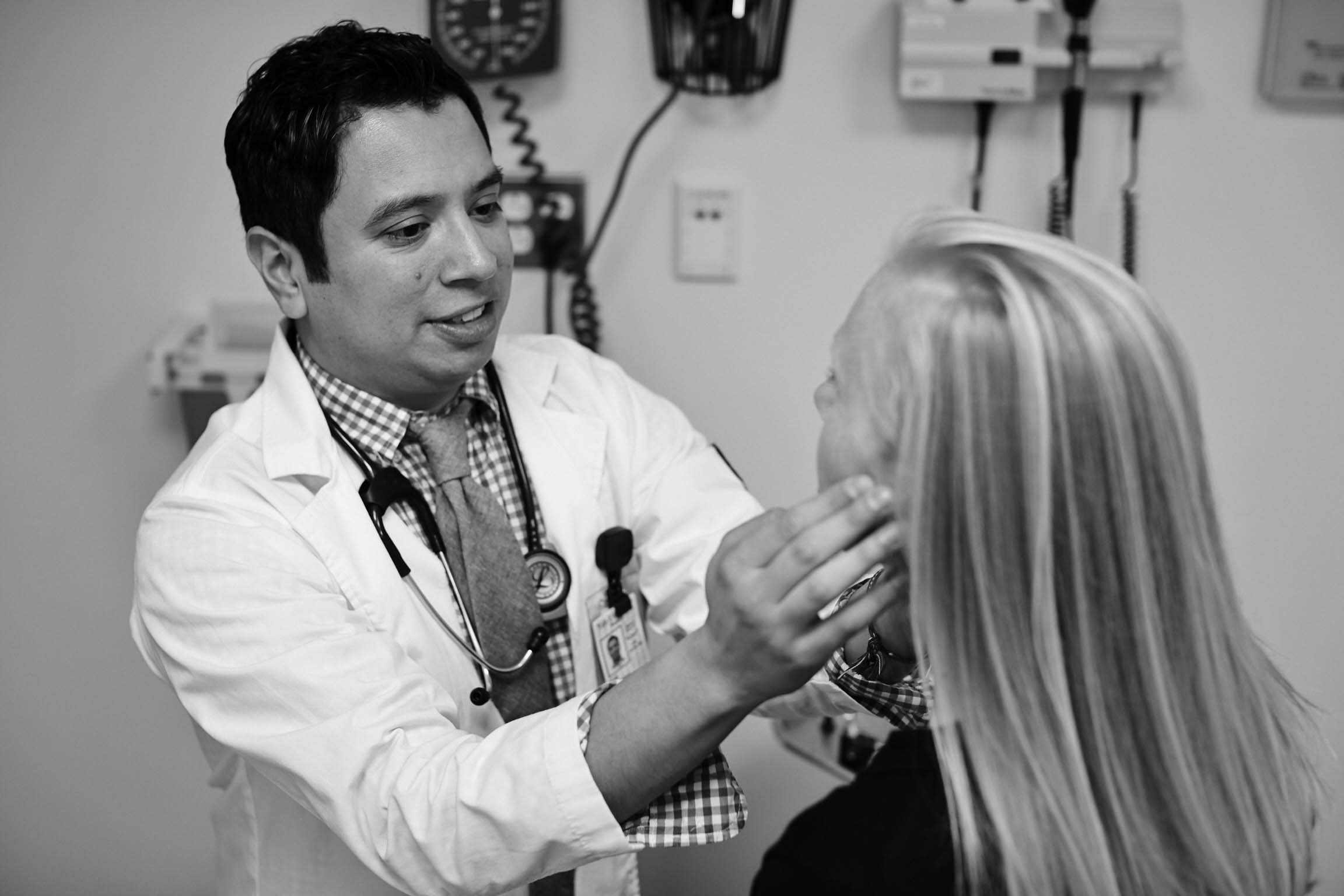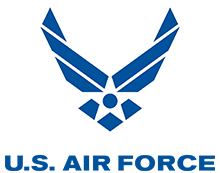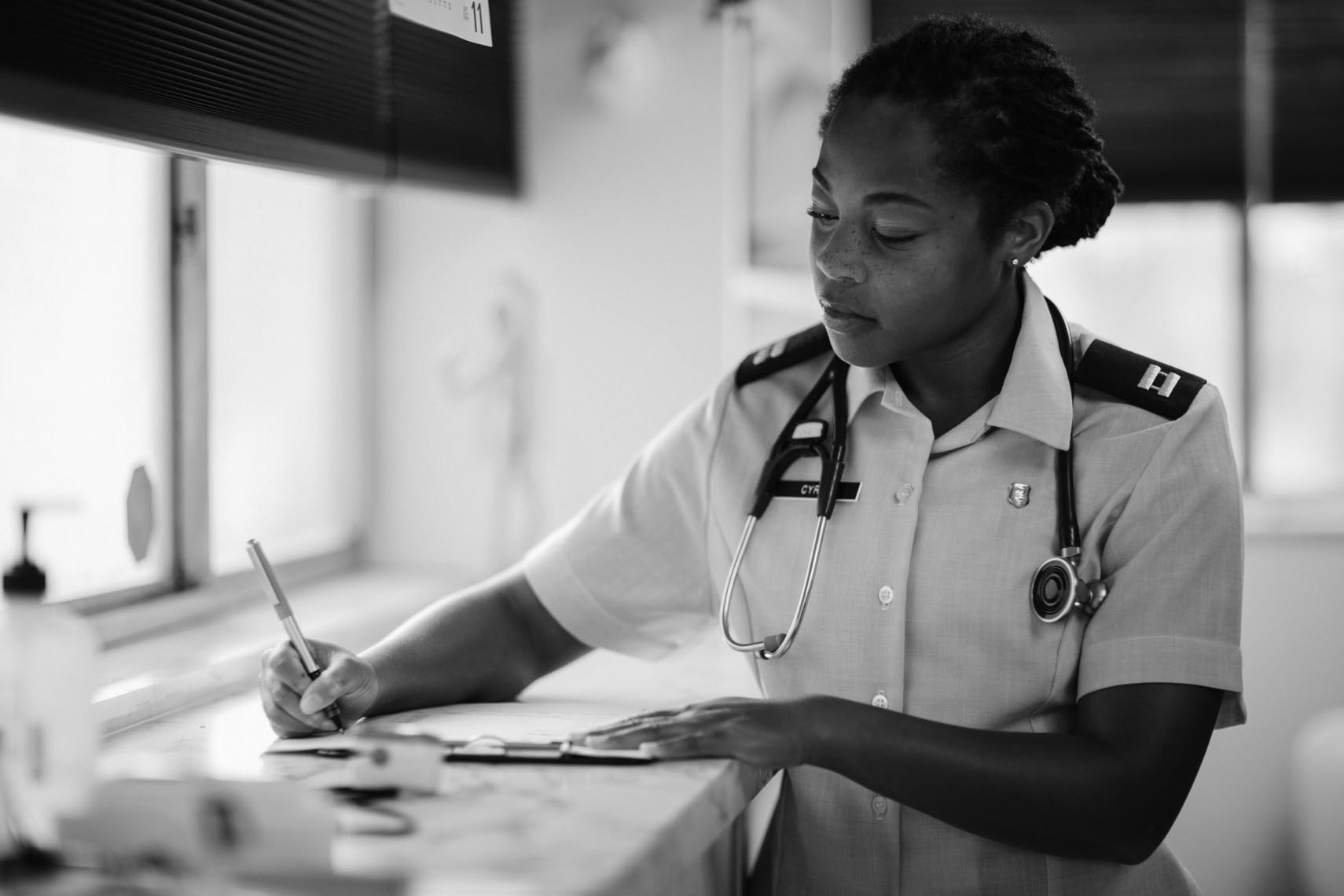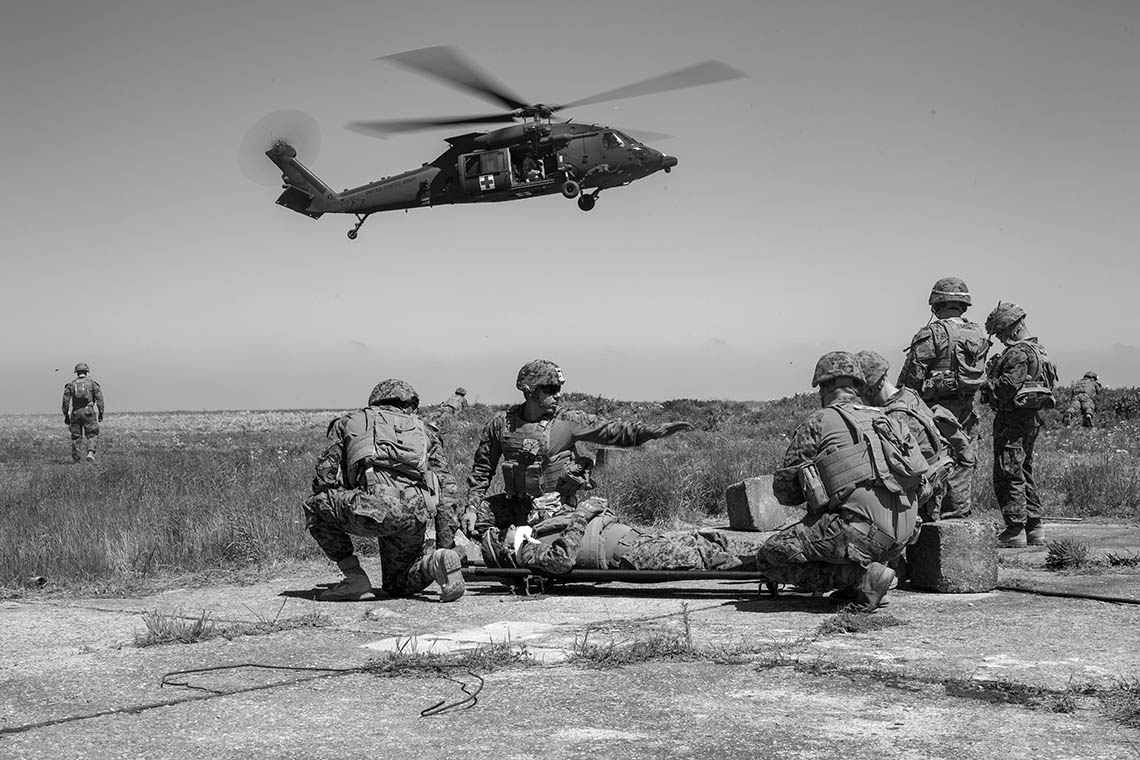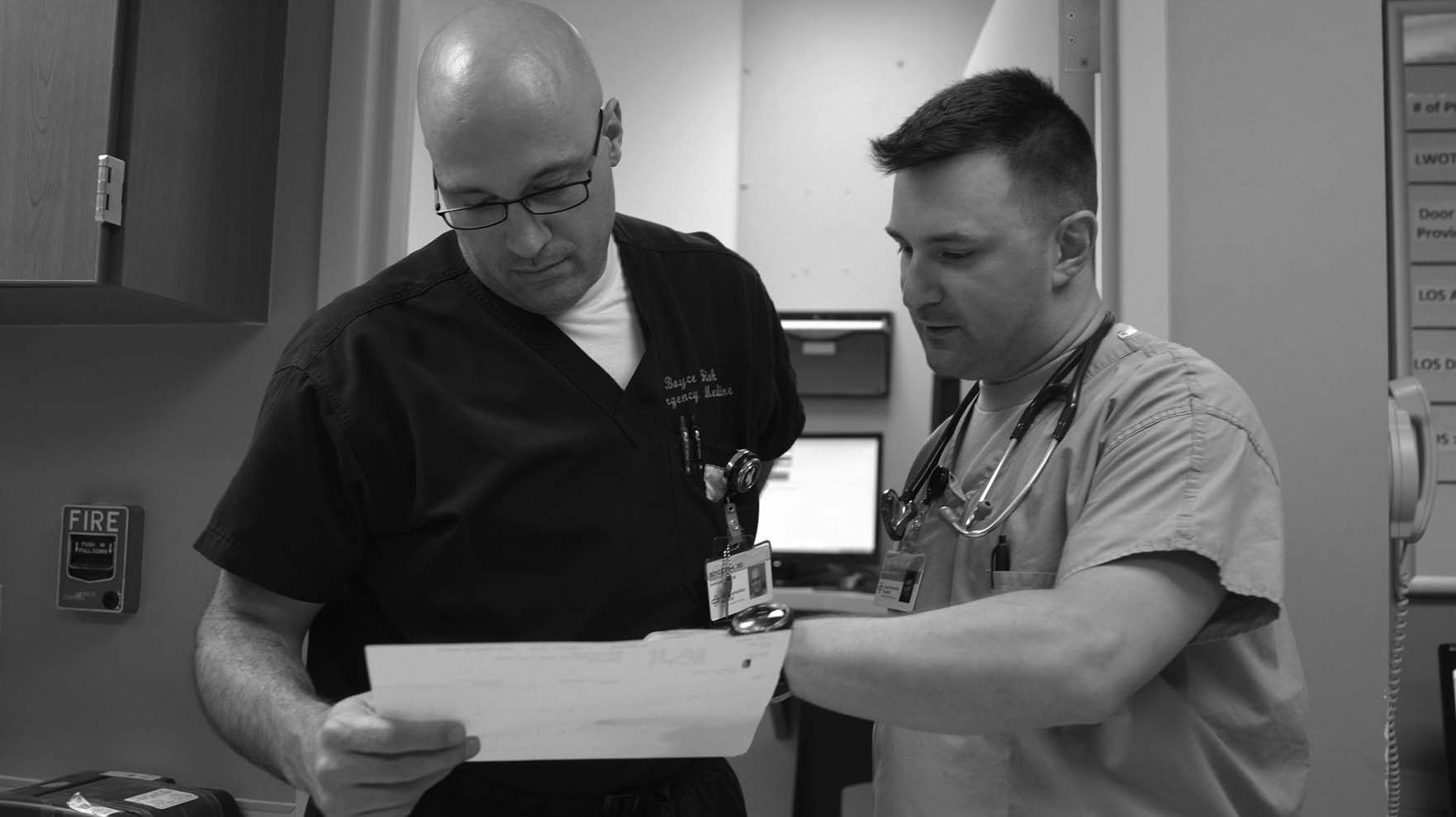- FAQs
- |
Air Force
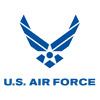
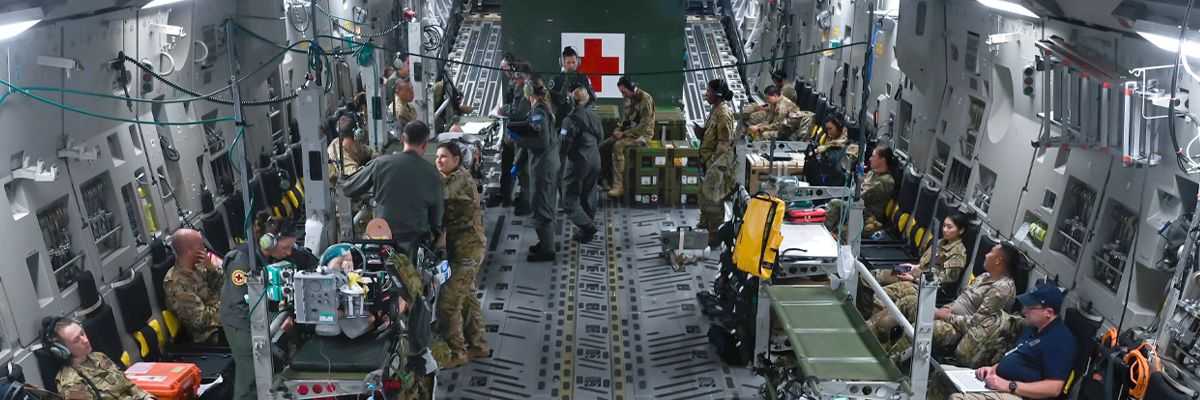
As a physician in the U.S. Air Force, you will be responsible for the health and well-being of the men and women who fight, fly and soar into space to defend the nation and its international interests.
Your job will be to treat your patients and provide them with the best care possible, but your experience will be uniquely different. You’ll not only be a medical doctor, but also an Air Force Officer, and you�’ll receive advantages that allow you to advance your career as far as you’d like it to go. Air Force doctors receive a top-notch education with a wide array of career-broadening opportunities and serve around the world in their chosen profession.
U.S. Air Force: Life as an Air Force Physician
Hear Air Force service members discuss what they find most interesting about their jobs.
U.S. Air Force: Life as an Air Force Physician
Hear Air Force service members discuss what they find most interesting about their jobs.
WILLIAMS: Practicing medicine in the United States Air Force is very rewarding. You're taking care of a very special population of people who have served their country or are family members of people who have served their country. For me, the most interesting part about this job is not necessarily what happens in the clinic but it's the extra duties that are what excite me. For example, I went on a humanitarian mission, a two-week mission to the Dominican Republic. You're doing something that's far outside the spectrum of just the clinical work and that excites me. So one thing they do as a flight surgeon is they put us in the jet. I mean what other job can you say you get to go fly in a jet once a week? Do barrel rolls and aileron rolls? In the civilian sector, many times there's a gigantic insurance company or an HMO that that dictates patient care, but in the Air Force I can take care of my patients the way I want to. So if there is a test that the patient needs, it doesn't really matter how expensive, I get the test. The Air Force is completely on the cutting edge of technology. We have the latest imaging technology for radiology, the latest technology for surgical procedures. I take a lot of pride being a physician in the Air Force and it's been an outstanding opportunity and experience to be a part of a team who's treating patients but also carrying out a bigger mission.
Day in the Life
John Trentini gives a glimpse of the weekly academic training required of all emergency medicine residents.

John Trentini, M.D., Ph.D.
Emergency Medicine Resident, Air Force
Emergency Medicine Academic Training
Once a week, John attends classes, lectures and conferences that help him prepare for the board exam. In addition, he spends time in the simulation lab training for patient care and in the research lab developing ways nanoparticles can prevent damage caused by an acute stroke. When he returns to active duty, he will use this academic training to identify and solve operational gaps on the battlefield.
TRENTINI: Alright, so part of residency is academics, so every Tuesday morning we have a conference where all the residents get together, military and civilian. The first thing on the agenda — there’s always an oral boards case. In that situation, one resident’s called up in front to sit with one of the board examiners, and they go through an oral board case in front of the entire residency program. So it’s a little nervewracking. After that we’ll have some simulation sessions to go through, so busy day today.
The simulation center is about as close as you can get to a real-life patient encounter. All the residents go through multiple sims throughout their career, and you can do — almost everything that you can do on a real patient, you can do in the simulation center. The experiments that we conduct in the lab downstairs are slice culture experiments. And so what we can do then is change the environment to simulate a stroke. This is the brain slice, again, that’s cut like a piece of pepperoni, lying flat on the grate, and what we’re interested in studying is this part of the brain, which is the cerebral cortex, which is the outside of the brain, which in humans is all the sulci and gyri, all the gray matter of the brain, OK? We’re interested in studying these cells and how these cells respond to an acute stroke, and if our nanoparticle treatment can prevent the damage caused by an acute stroke.
I was awarded an ROTC scholarship, which paid for college, and then in return I owed four years of active-duty service to the Air Force. So that’s when I decided to go to USUHS where — it’s a military medical school. There I did my medical degree and also did my Ph.D. degree, and it was entirely funded by the Military. And then after medical school you choose a residency, and so emergency medicine for me fit in perfectly. When I’m done, I’ll go back to an active-duty job using all the knowledge and all the experiences that I’ve built along the way to really serve my country better.
TRENTINI: Alright, so part of residency is academics, so every Tuesday morning we have a conference where all the residents get together, military and civilian. The first thing on the agenda — there’s always an oral boards case. In that situation, one resident’s called up in front to sit with one of the board examiners, and they go through an oral board case in front of the entire residency program. So it’s a little nervewracking. After that we’ll have some simulation sessions to go through, so busy day today.
The simulation center is about as close as you can get to a real-life patient encounter. All the residents go through multiple sims throughout their career, and you can do — almost everything that you can do on a real patient, you can do in the simulation center. The experiments that we conduct in the lab downstairs are slice culture experiments. And so what we can do then is change the environment to simulate a stroke. This is the brain slice, again, that’s cut like a piece of pepperoni, lying flat on the grate, and what we’re interested in studying is this part of the brain, which is the cerebral cortex, which is the outside of the brain, which in humans is all the sulci and gyri, all the gray matter of the brain, OK? We’re interested in studying these cells and how these cells respond to an acute stroke, and if our nanoparticle treatment can prevent the damage caused by an acute stroke.
I was awarded an ROTC scholarship, which paid for college, and then in return I owed four years of active-duty service to the Air Force. So that’s when I decided to go to USUHS where — it’s a military medical school. There I did my medical degree and also did my Ph.D. degree, and it was entirely funded by the Military. And then after medical school you choose a residency, and so emergency medicine for me fit in perfectly. When I’m done, I’ll go back to an active-duty job using all the knowledge and all the experiences that I’ve built along the way to really serve my country better.

